![C Robert O'Dell the American physics and astronomy professor has been featured by Rick Docksai in an article published in the Science Recorder titled ‘Ring Nebula is expanding at 43,000 miles an hour, according to Hubble’. Docksai states “The Ring Nebula apparently has been misnamed: It’s not a ring at all, but a football-shaped jelly doughnut. …Scientists [had] concluded that this nebula has a hollow middle and ring-shaped—hence came its present-day moniker. But the latest analysis, led by Robert O’Dell, …arrived at a wholly other conclusion. The nebula’s center is quite full, O’Dell and his team state. However, varying patterns of motion may cause the middle to look unlike the rest of the nebula from our vantage point, and hence some of the visual illusion. The entire cloud is expanding by more than 43,000 miles an hour, but the growth is even faster at the center than it is in the outer ring. Consequently, the middle is much lower-density than the rest of the nebula. The Hubble images that O’Dell and his team used are the highest-precision views of the nebula taken yet. While earlier observations had identified the presence of gaseous material in the center, none had gathered all of the detail of this latest Hubble presentation, such as the star that is indeed at the center—though it is now dying. The nebula measures just one light-year across, so it’s compact enough that this one star’s end-of-life expansions and contractions could stand out prominently to observers here on Earth, even if those observers were using eighteenth-century telescopes. In fact, this dying star is probably what brought the nebula into being in the first place. Scientists designate the Ring Nebula a “planetary nebula,” which means that it forms out of the gas and dust that emanates from a star that’s fading out. While this nebula’s star will continue to shine for a fairly long while by human time, scientists say that it is definitively on its way to white-dwarf status.” Inspired by Rick Docksai, Science Recorder ow.ly/lMDlV Image source Vanderbilt ow.ly/lMBEF](http://www.ianbunn.com/wp-content/uploads/2013/06/130628dcU60.jpg) A football-shaped jelly doughnut (June 28 2013)
A football-shaped jelly doughnut (June 28 2013)
C Robert O’Dell the American physics and astronomy professor has been featured by Rick Docksai in an article published in the Science Recorder titled ‘Ring Nebula is expanding at 43,000 miles an hour, according to Hubble’. Docksai states “The Ring Nebula apparently has been misnamed: It’s not a ring at all, but a football-shaped jelly doughnut. …Scientists [had] concluded that this nebula has a hollow middle and ring-shaped—hence came its present-day moniker. But the latest analysis, led by Robert O’Dell, …arrived at a wholly other conclusion. The nebula’s center is quite full, O’Dell and his team state. However, varying patterns of motion may cause the middle to look unlike the rest of the nebula from our vantage point, and hence some of the visual illusion. The entire cloud is expanding by more than 43,000 miles an hour, but the growth is even faster at the center than it is in the outer ring. Consequently, the middle is much lower-density than the rest of the nebula. The Hubble images that O’Dell and his team used are the highest-precision views of the nebula taken yet. While earlier observations had identified the presence of gaseous material in the center, none had gathered all of the detail of this latest Hubble presentation, such as the star that is indeed at the center—though it is now dying. The nebula measures just one light-year across, so it’s compact enough that this one star’s end-of-life expansions and contractions could stand out prominently to observers here on Earth, even if those observers were using eighteenth-century telescopes. In fact, this dying star is probably what brought the nebula into being in the first place. Scientists designate the Ring Nebula a “planetary nebula,” which means that it forms out of the gas and dust that emanates from a star that’s fading out. While this nebula’s star will continue to shine for a fairly long while by human time, scientists say that it is definitively on its way to white-dwarf status.”
Inspired by Rick Docksai, Science Recorder ow.ly/lMDlV Image source Vanderbilt ow.ly/lMBEF
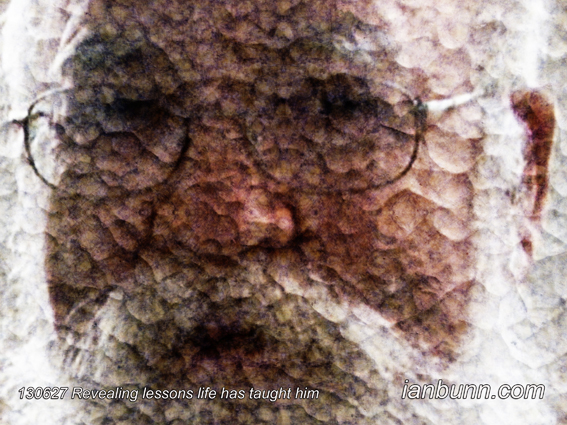
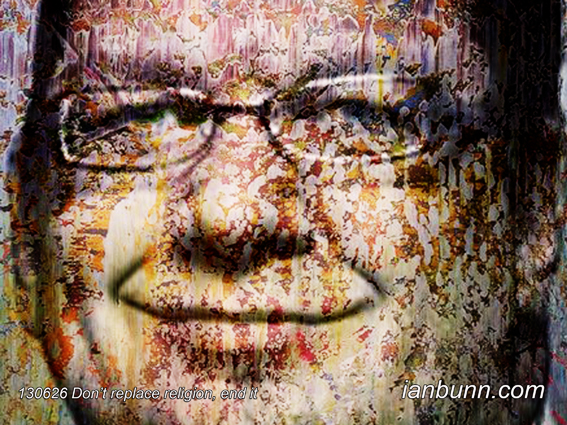





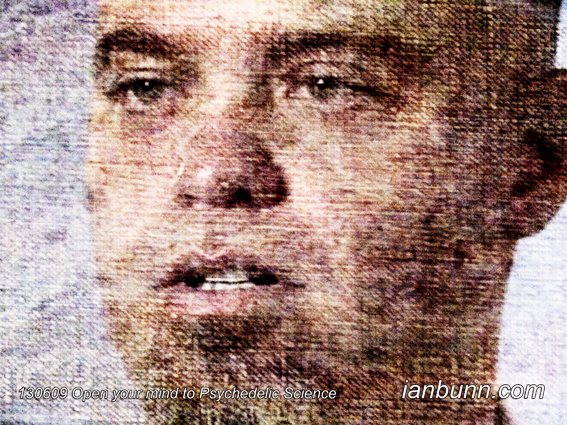

![Jose Parla the 39 year old American contemporary artist painter who assumes several roles in order to create his work; acting as a historical transcriber, and a visual raconteur. Parla has been interviewed by Sara Roffino for Blouin Artinfo in an article titled ‘28 Questions for Narrative Painter Jose Parla’ in which he states in reference to The Wrinkles of the City project in Havana Cuba “is a unique collaboration project [with JR] that involves many components such as location scouting, photography, and painting. Together we created 20 murals throughout the city of Havana. Each mural is dedicated to an elderly woman or man. The project as a whole pays homage to the years or experience and physical appearance of the wrinkles of people’s faces in comparison with the deteriorated walls of Havana that show their own wrinkles representative of the struggle in life, the joy and smiling, all of the layers of the memories in their lives. JR and I both randomly met people in Havana by walking the neighborhoods and asking them to participate in our art project... We collaborated on the composition of the pictures on the murals and later pasted them the size of buildings through Havana while I later painted them by layering transparencies of color on the pictures as well as incorporated my calligraphic style, the stories of each person into the composition of each painting. This project began interacting with the public as soon as we started to work in front of everyone. Many people wanted to talk and ask questions and to be involved in the project. In Cuba there is no advertisement and in the 54 years since the revolution, most of the images you see in the city are of political icons…. For us to make 20 murals of random people was a big deal for people there…” Inspired by Sara Roffino, Blouin Artinfo ow.ly/l5rQb Image source Nuart ow.ly/l5rFQ](http://www.ianbunn.com/wp-content/uploads/2013/05/130606dcU60.jpg)



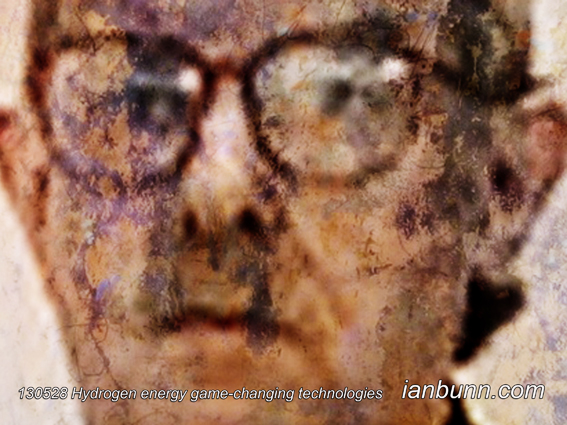




![Scott K Johnson the American Hydrogeologist and Earth science instructor at Madison College has published an article on Ars Technica titled ‘Oceans continue to warm, especially the deeps’ referring to altered patterns seen over past two decades. In the article Johnson states “When discussing global warming, the public eye is mostly directed to global average surface air temperatures, but that’s just one slice of the climate pie. If you haven’t noticed, the ocean is awfully big, and it holds a great deal more heat energy than the atmosphere. In fact, about 90 percent of the energy that’s been added to the climate system by human activities has gone into the ocean. …The resulting ocean heat content data shows some interesting features. Drops in ocean heat content coincide with large volcanic eruptions, which pump sunlight-reflecting aerosol particles into the atmosphere for a time. But there’s also a small drop after 1998—a year known for the incredibly strong El Nino that pushed global surface temperature to a (then) high point. …After this period, ocean heat content continued to rise sharply—especially in the deep ocean. The paper states that “recent warming rates of the waters below 700 [meters] appear to be unprecedented” in the record. Supporting some earlier estimates, the data shows about 30 percent of ocean warming after 1998 taking place more than 700 meters down. While it’s certainly useful to note the extent to which heat energy is accumulating in the climate system, it’s more interesting to ask why the deep ocean has taken such a large share of it recently. It seems to relate to changes in ocean circulation. A 2011 study indicated that La Ninas and a circulation pattern called the Pacific Decadal Oscillation could cause lulls in surface warming while energy is stuffed into the deep ocean. That may be exactly what we’ve experienced over the past decade. When those conditions change, we’ll see the effects in higher surface temperatures.” Inspired by Scott K Johnson, ars technica ow.ly/k8XFo Image source Twitter ow.ly/k8Y70](http://www.ianbunn.com/wp-content/uploads/2013/04/130514dcU60.jpg)


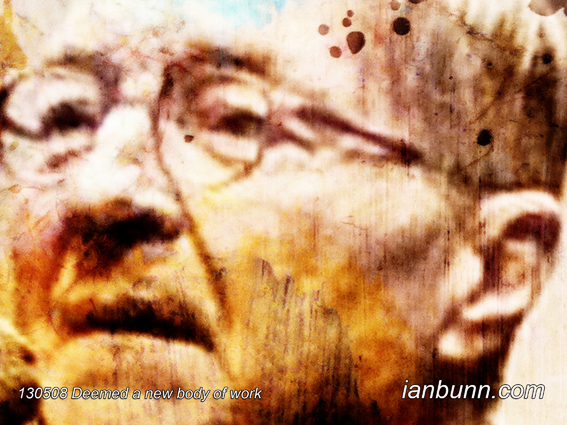

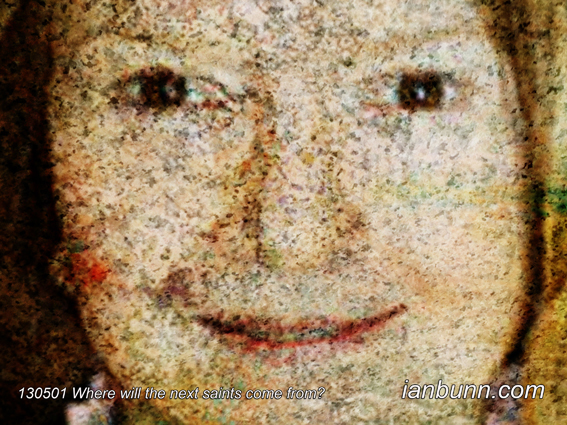



![Pardiss Kebriaei the American Senior Staff Attorney at the Center Constitutional Rights focusing on challenging government abuses post-9/11, including in the areas of “targeted killing“ and unjust detentions at Guantanamo has been interviewed by Amy Goodman for Democracy Now in reference to the Guantanamo prisoner hunger strike. In the interview Kebriaei states “…there is a large-scale hunger strike in Camp 6, which is the largest of the facilities at Guantánamo. That prison holds about 130 men. He said that almost everyone, except for a few who are sick and elderly, are on strike. He himself [her client Ghaleb Al-Bihani] had lost over 20 pounds. He is a diabetic. His blood glucose levels are fluctuating wildly. He told me that medical staff at Guantánamo have told him his life is in danger. And he and others want us to get the word out about this. We [at] CCR and group of other habeas counsel, wrote a letter to the authorities at Guantánamo and to the Department of Justice reporting what we have heard and asking for a response. And to date, almost two weeks later, we have not heard anything, other than denials of the strike. …They have downplayed the scale of the strikes and have said that there are only a handful on strike and only a handful being tube-fed. It may be a matter of semantics: The way that Guantánamo authorities define people on hunger strike is largely discretionary. But what we have heard from every habeas counsel who has been down to the base or communicated with their clients since February is the same, which is that there is a large-scale strike, men are refusing food. …you start seeing things like loss of vision, loss of hearing, and eventually death. So this is—it’s an emergency situation. We view it as an emergency situation. And denials by the authorities, at this point, of the strike are dangerous and irresponsible.” Inspired by Amy Goodman & Nermeen Shaikh, Democracy Now ow.ly/jBcHz Image source CFR ow.ly/jBcGy](http://www.ianbunn.com/wp-content/uploads/2013/04/130421dcU60.jpg)

